How the TV Show Paper Girls Revived My Interest in Graphic Novels
This is the story of how an obscure Amazon Prime TV series got me back into graphic novels. Along the way, I’ll also cover how I read them (hint: it’s on an iPad) and offer some recommendations.
I’ve long been addicted to all forms of narrative storytelling. Usually, at any given time, I’m consuming a novel, an audio fiction podcast, and one or more TV series — not to mention watching several movies each month. You may have noticed that my list doesn’t include live theater (I never got into staged storytelling for whatever reason) or comic books. I do have a history of reading comic books but not so much in my adult life — until recently.
A Youthful Fancy
Growing up, I had an eccentric aunt who was an avid comic book reader. We never spent much time with her, but she did have one long-term impact on me. Until I was around 10 years old, she passed down her used comic books to me and my brother. She was mostly a DC Comics fan, so we read a lot of Superman, Batman, and Justice League titles. This solidified me as a DC fan, along with the Super Friends Saturday morning cartoon series and Batman live-action sitcom starring Adam West (which I watched in daily syndication). In that era, I also voraciously consumed Tintin comics.
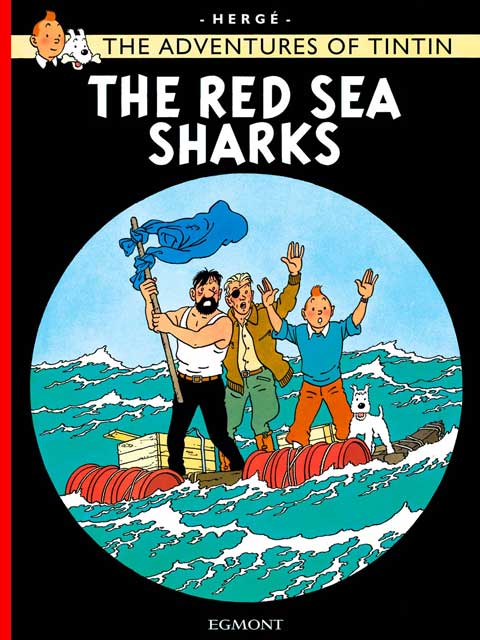
After we became estranged from my aunt, the flow of comic books dried up and I wouldn’t take interest in the art form again until college.
A College Flirtation
As a college student, in the late 1980s, I briefly got back into comics when “graphic novels” were becoming more prominent in pop culture. Watchmen was the catalyst. Alan Moore’s gripping story was like no other comic I’d read: gritty and gory with complex characters and a sophisticated mystery spanning two distinct time periods.
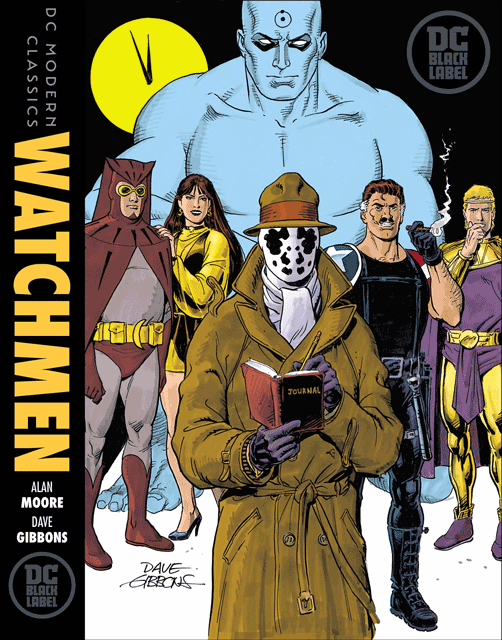
A Watchmen Primer
If you’re new to Watchmen, you have several options for how to read it (or watch it).
The Original Graphic Novel (1986-1987)
You can buy (or borrow) the series in a single graphic novel and read a paper edition or a digital copy on your tablet or computer.
The Complete Motion Comic (2008)
The Watchmen motion comic is a semi-animated version of the graphic novel. Animators took the actual panels of the comic book and added motion to them. An actor reads the speech bubbles for each character. The experience is something between reading the original and watching a cartoon. The gorgeous artwork is much more impactful on a large-screen TV. I enjoyed re-experiencing the story this way and recommend this format to anyone new to the title.
Below is a trailer for the series. You can check JustWatch or a similar service to see where it’s available to stream.
The Movie (2009)
In 2009, Warner Brothers released the Watchmen film adaptation, directed by Zach Snyder. I never saw the movie in the theater, but I did watch the Director’s Cut on DVD. I enjoyed it (4 out of 5 stars) even though the movie was greatly streamlined compared to the source material. However, I don’t recommend watching the movie in place of reading the book or watching the motion comic. I’d advise experiencing the original first and then watching the movie version.
You can stream the movie on Max — but note it’s the theatrical version, not the extended cut (which you may be able to find on Amazon or at your library).
The TV Series (2019)
Showrunner Damon Lindelof’s HBO adaptation is essentially a sequel to the original story. At first, it feels more like a reboot, but as the narrative unfolds, it increasingly ties into the source material. I consider it must-see viewing for any Watchmen fan and categorize it as “Exceptional” on my TV Reviews page.
You can stream the series on Max.
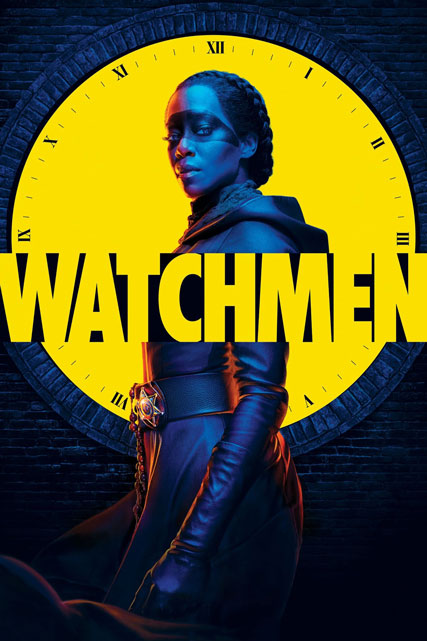
After reading Watchmen, I was thirsty for more graphic novels. I read The Dark Knight Returns by Frank Miller, which is widely considered a classic in the history of Batman. It’s probably my all-time favorite Batman story (at least in print). I followed up with Batman: Year One and a few other titles. Eventually, my interest in graphic novels waned and they dropped off my reading list.
A Middle-Aged Passion
Flash forward about 35 years to March 2023, and graphic novels were out of mind, out of sight for me, even though I still read “regular” novels nearly every night at bedtime.
Then I watched Paper Girls, a 2022 Amazon Prime sci-fi TV series, based on — you guessed it — a graphic novel (about four tween girls who accidentally get mixed up in a time-travel war). I thoroughly enjoyed the first season, which ended on a cliffhanger. Sadly, Amazon canceled the show, and I haven’t seen any news that the producers have found a different streamer to fund a second season.
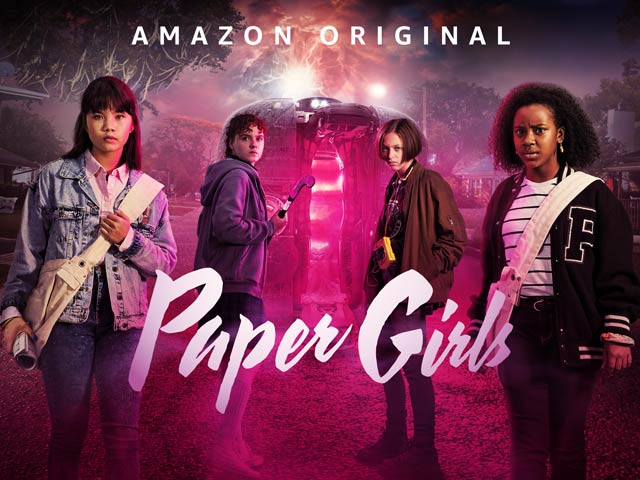
About six months after watching the series, it still lingered in my memory — and I really wanted to know how the story ended. So, I decided to read the graphic novel by Brian K. Vaughan and Cliff Chiang.
Being frugal and in the habit of reading “regular” novels via ebook editions on a Kindle, I investigated whether I could read the series for free on my iPad. Happily, I discovered the graphic novel version was available in Libby via my public library. I checked it out and jumped into the story.
Reading a graphic novel on an iPad was a revelation. The art was crisp and clear, I could read in either portrait or landscape orientation, and I could zoom in or out however I wanted. (I’d later discover that Libby is far from the best app for reading graphic novels — more on that below.)
As for the story, the plot details in the original are significantly different from those in the TV series. So, while the graphic novel certainly came to a satisfying conclusion, it didn’t end up providing closure to the TV series.
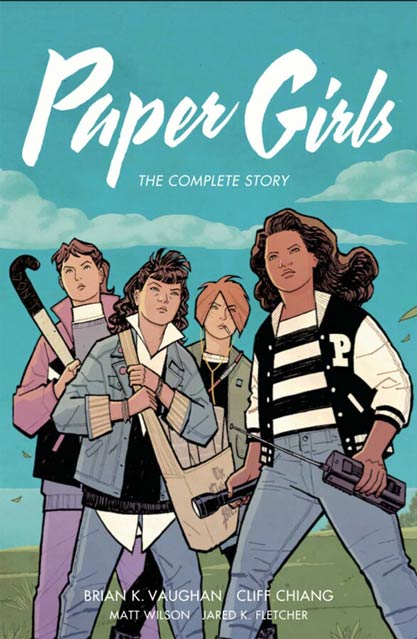
Reading Paper Girls reminded me how much I enjoy graphic novels. The experience feels like a cross between reading a good book and watching a great movie; graphic novels are surprisingly cinematic. I see why some screenwriters write graphic novels as a possible on-ramp to the film industry. I wonder if I should adapt one of my screenplays into comic book form.
While researching titles recommended for fans of Paper Girls, I discovered that Vaughan has written several other well-known graphic novels.
First, I checked out Saga (2012-present). I’ve read all eleven issues published through 2023 and so far, the series is probably my favorite of this new era of comic book reading.
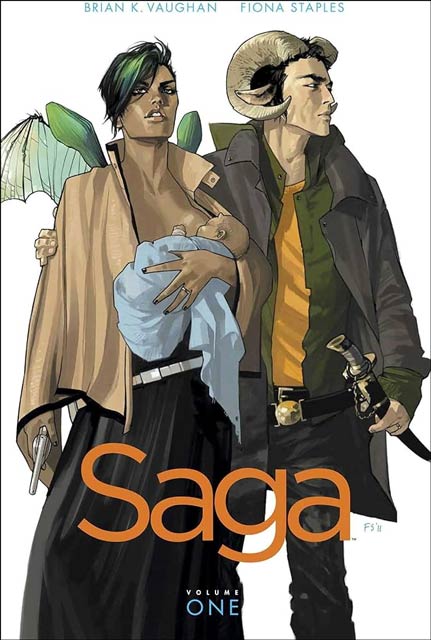
In addition to compelling characters and continuous suspense, Saga (like many classic sci-fi stories) serves up a healthy portion of social commentary. Right-wing readers might call Saga woke, but I call it enlightened.
Next, I read the ten volumes of Y: The Last Man (2002-2008), a classic post-apocalypse tale that starts in the U.S. and spans the globe. As a rabid fan of dystopian stories, I loved this series.
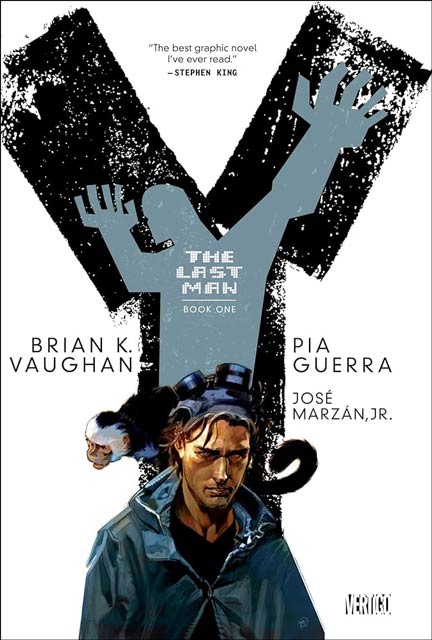
Having exhausted Vaughan’s most well-known series, I searched around for titles by other authors. Many have been rejects, but so far, I’ve found two others I’d recommend.
Featuring memorable characters of all types (human, alien, and machine), Descender (2015-2018) is a gripping yarn with a ton of heart.
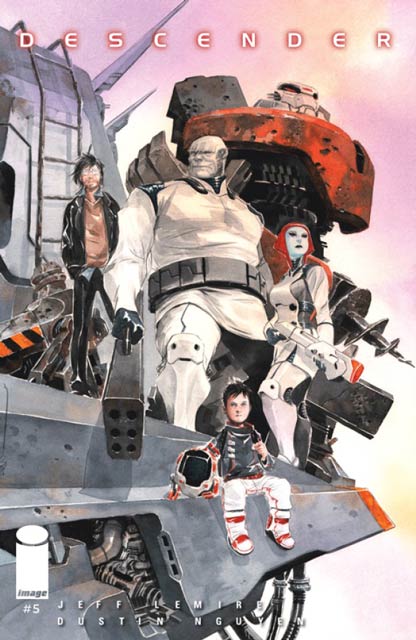
Image Comics published a sequel, Ascender, from 2019-2021. Whereas the original focuses on technology, the sequel’s theme is magic. I didn’t like it as much but I’d still recommend it.
Most recently, I read Time Before Time (2021-2024), an elaborate time travel adventure in which the heroes get entangled with warring crime syndicates. Initially, the story wasn’t grabbing me but when the characters of Nadia and Kevin appeared, I became more emotionally invested in the outcome.
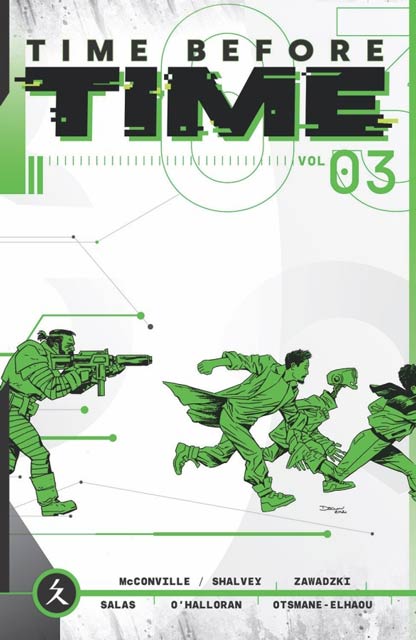
Update October 2025
On the recommendation of a friend, I read The Nice House By the Lake (and its sequel, The Nice House By the Sea).
If you’re a fan of post-apocalyptic drama, I recommend this series. With 12 main characters (all linked to a common friend), I experienced some frustration remembering who was who and grasping the complex social dynamics. But, on the plus side, the premise is novel and intriguing.
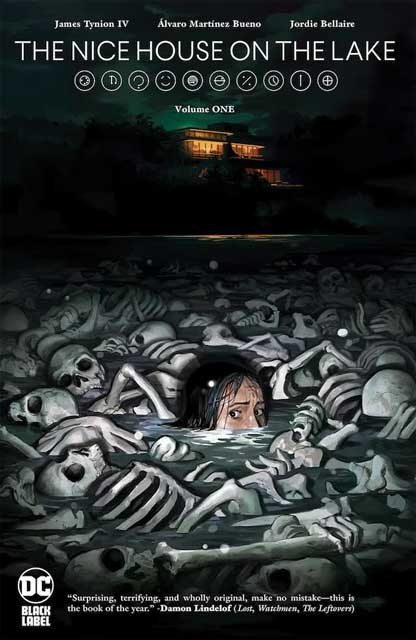
Tips for Reading Graphic Novels on an iPad
I read all of the titles mentioned above on my iPad and got them for free via either the library or Kindle Unlimited (technically, not free, but I’m paying for the service already for regular books). Along the way, I discovered that some apps are better than others for reading comics.
Kindle
When possible, I read graphic novels in the Kindle app, since it provides the most flexibile configuration options for how comics render on an iPad. I like to read in “Guided View” where each panel fills the entire screen and you swipe forward or back to navigate between panels. You also can set a preference for whether you want the entire page to show before and/or after you zoom into the panels. The video below provides a demo of Guided View.
Hoopla
My second choice is the Hoopla app (available through most public libraries). It offers the same panel-by-panel navigation, but the speech bubble text in the zoomed-in panels sometimes looks fuzzy as compared to the Kindle app. It does not offer the option for showing the entire page when you are in panel-by-panel mode (unless you exit that mode).
Libby
My last choice is the Libby app (also available via public libraries). Libby doesn’t offer a panel-by-panel view. Instead, you must read in page view (portrait or landscape). However, you can use pinch and spread finger gestures to zoom in and enlarge each panel. But this requires “manually” gesturing left, right, up, and down to move around each page, which is awkward. The experience is fine but not as easy or convenient.
Bonus Tip
Kindle Unlimited typically offers only the first issue or volume of graphic novels for free. For subsequent issues, they try to sell you their separate Comixology service. For this reason, I’ve read most of the titles I mentioned on Hoopla and Libby.
Unfortunately, some titles I’ve looked for haven’t been available on either of those services. To maximize the number of titles available via public libraries, I recommend joining as many library systems as you can. (I also use this strategy for regular books.)
Many library systems will allow you to join even if you don’t live in that city or county. I have library cards in my current city, in several cities in the region where I previously lived, in my hometown, and in San Francisco. When visiting a city, you can consider joining their library if they have a larger catalog than your local library.
Your mileage may vary, but I’ve found the most robust system, with the best availability of books and graphic novels, is the Sacramento Public Library. The only requirement for joining is that you must be a California resident.
Your Turn
I’d love to hear from you in the comments if you have graphic novel titles or other e-readers you’d like to recommend.
(Note: I moderate all comments so you may experience a delay before your comment appears on the post. For any SPAMMERS out there, don’t waste your time submitting as I will reject your comment.)

